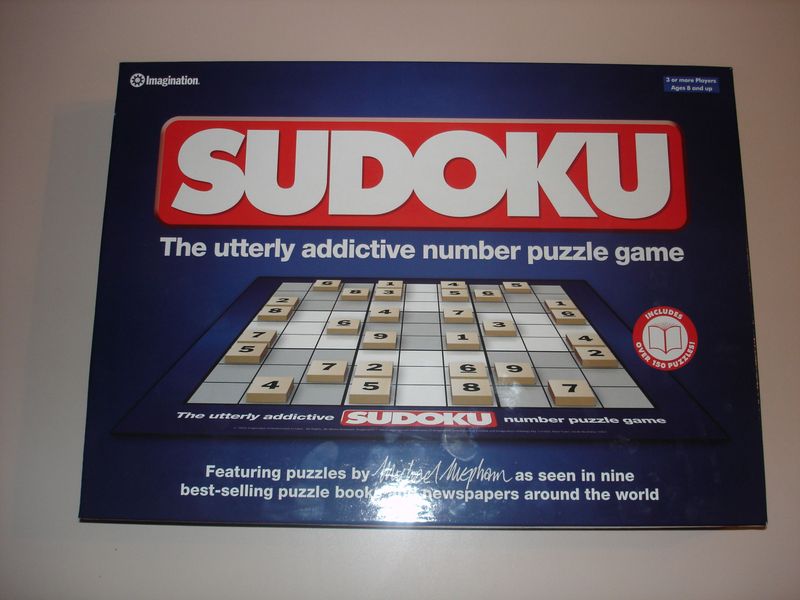Sudoku (2005) Board Game
Sudoku is a popular number puzzle game that originated in Japan in the late 1970s and gained international popularity in the early 2000s. The name “Sudoku” comes from the Japanese abbreviation of a longer phrase that translates to “the digits must remain single.” The game became a global phenomenon due to its simple yet challenging gameplay, which involves filling in a 9×9 grid with numbers so that each row, column, and 3×3 subgrid contains all the digits from 1 to 9.
Game Components of Sudoku
How To Setup Sudoku
To set up the game, players start by copying one of the provided Sudoku puzzles onto the wipe-off board. This can be done using the coloured pens included with the game. Once the puzzle is on the board, players are ready to begin solving it collaboratively or competitively.
Gameplay Mechanics and Game Objective
Player Experience
The Sudoku board game offers a fun and challenging experience for players who enjoy logic puzzles. It combines the traditional solo Sudoku experience with a multi-player element, allowing friends and family to engage in a collaborative or competitive puzzle-solving activity. The game is ideal for those who enjoy mental challenges and are looking for a game that promotes critical thinking and problem-solving skills.
Pros
Cons
Personal Thoughts on Sudoku
The Sudoku board game is perfect for those who enjoy logic puzzles and are looking for a game that can be played with friends or family. It is particularly suited for groups of 2-4 players and can be a great addition to game nights or family gatherings. However, it may not be as appealing to those who prefer more physically active or less mentally demanding games. Overall, it is a great option for anyone seeking a challenging and engaging puzzle-solving experience.
We are supported by our audience. When you purchase through links on our site, we may earn an affiliate commission, at no extra cost for you. Learn more.

